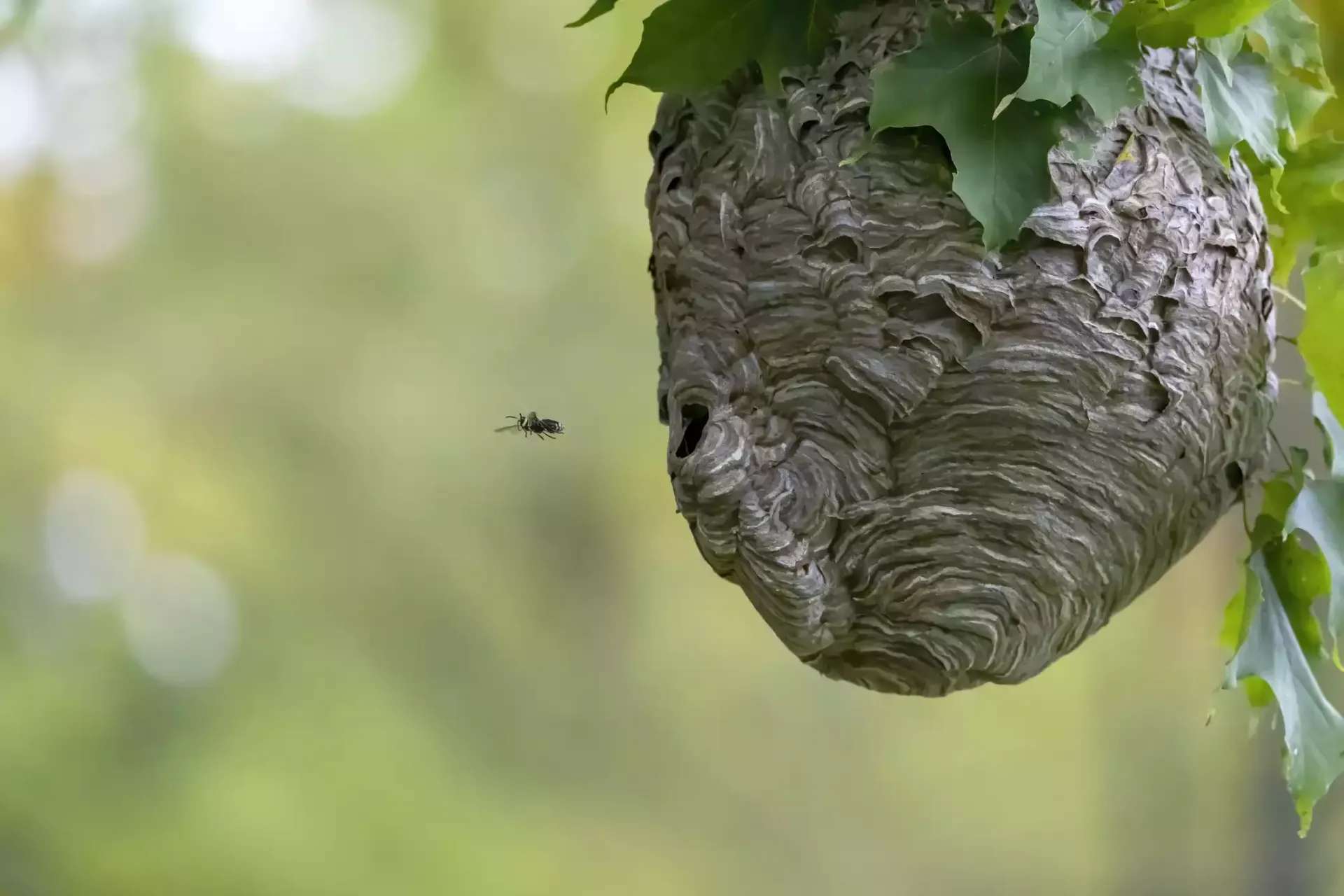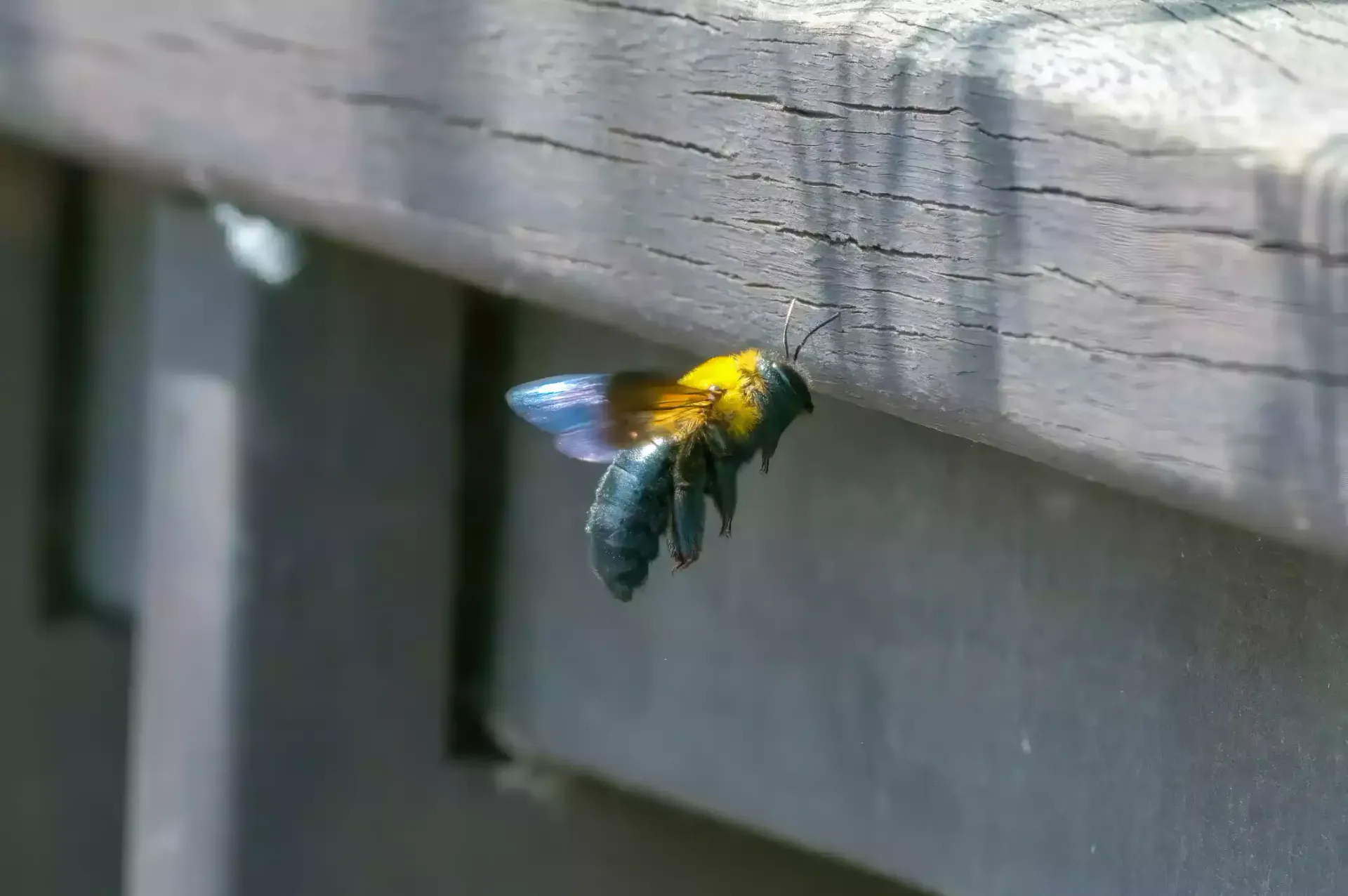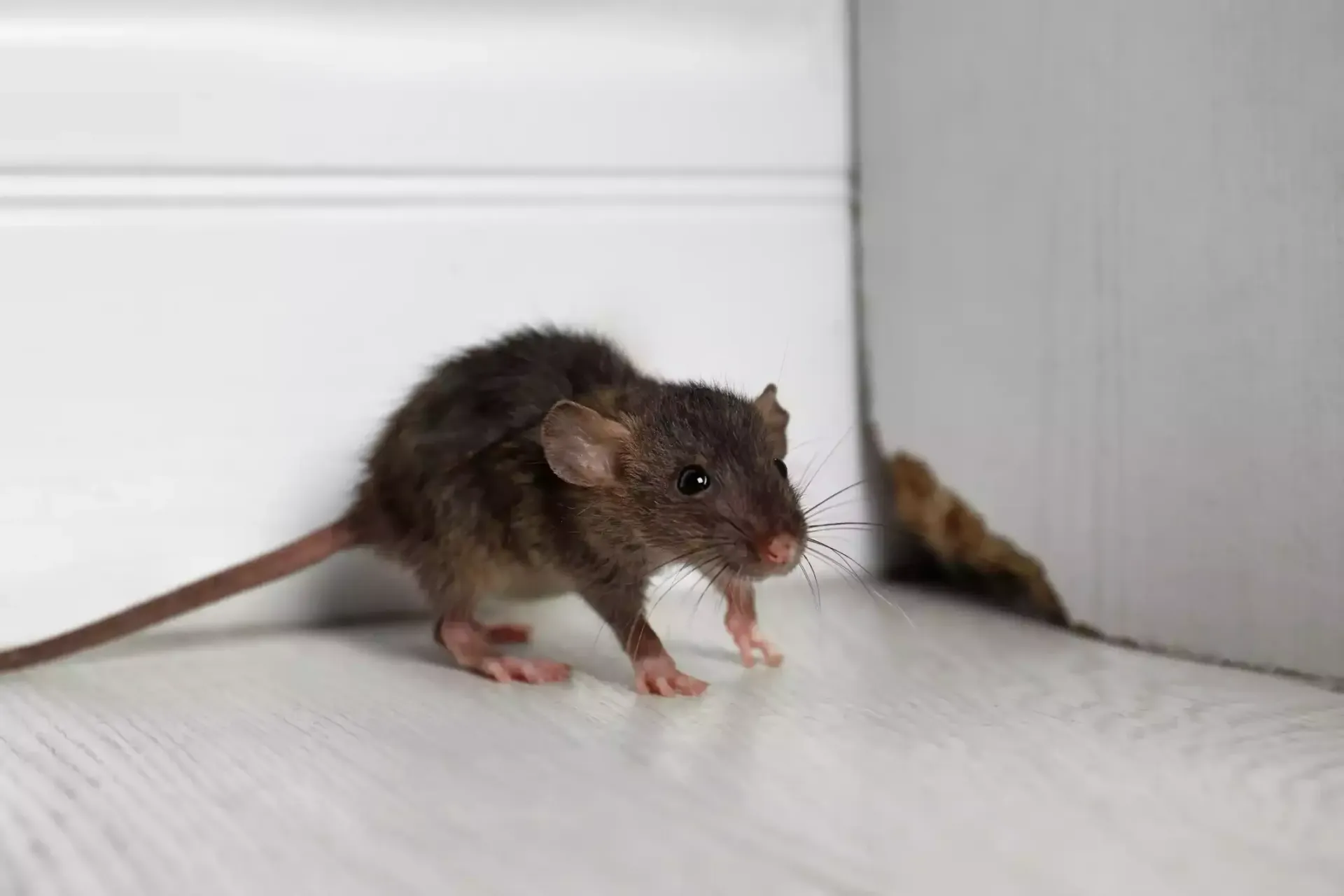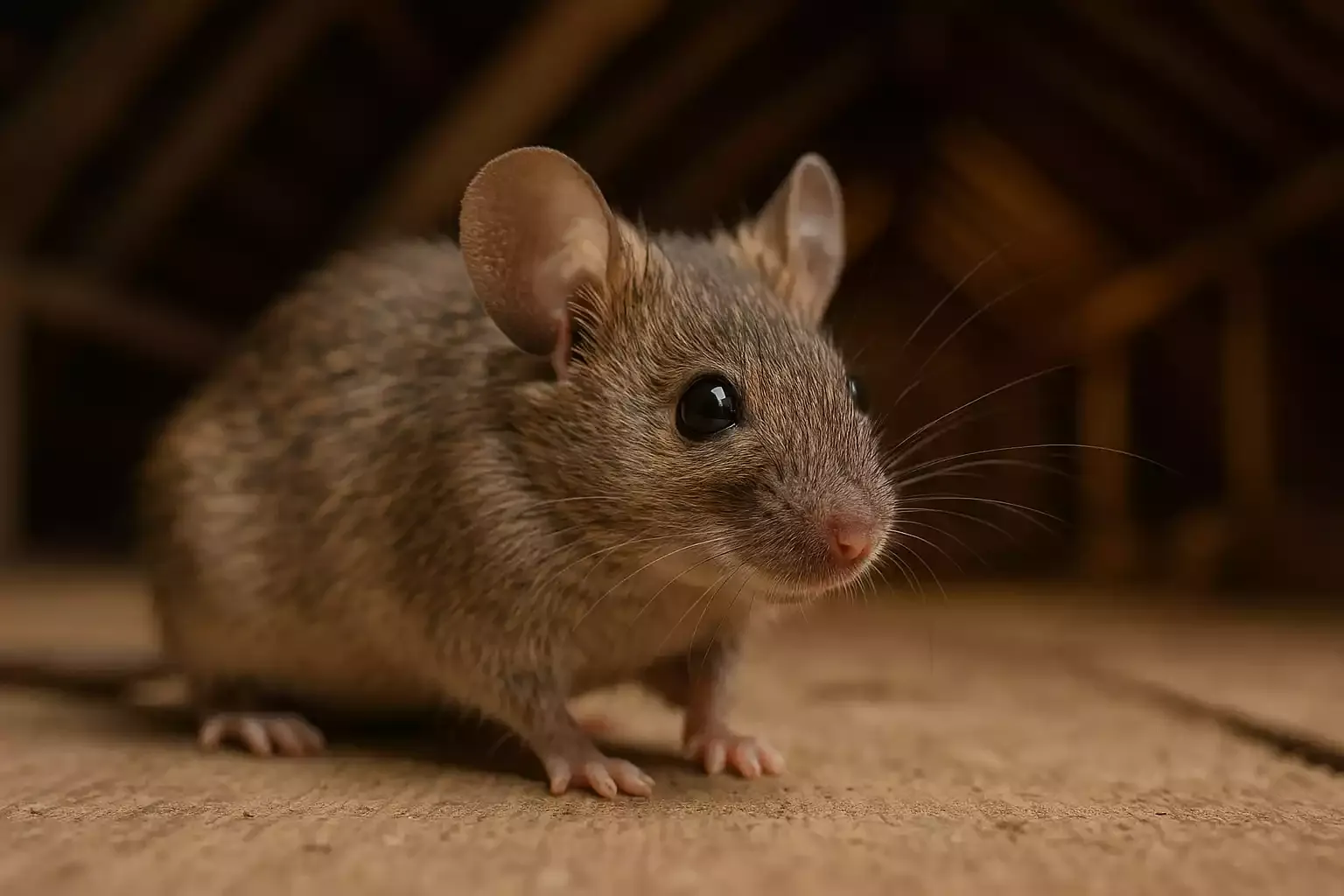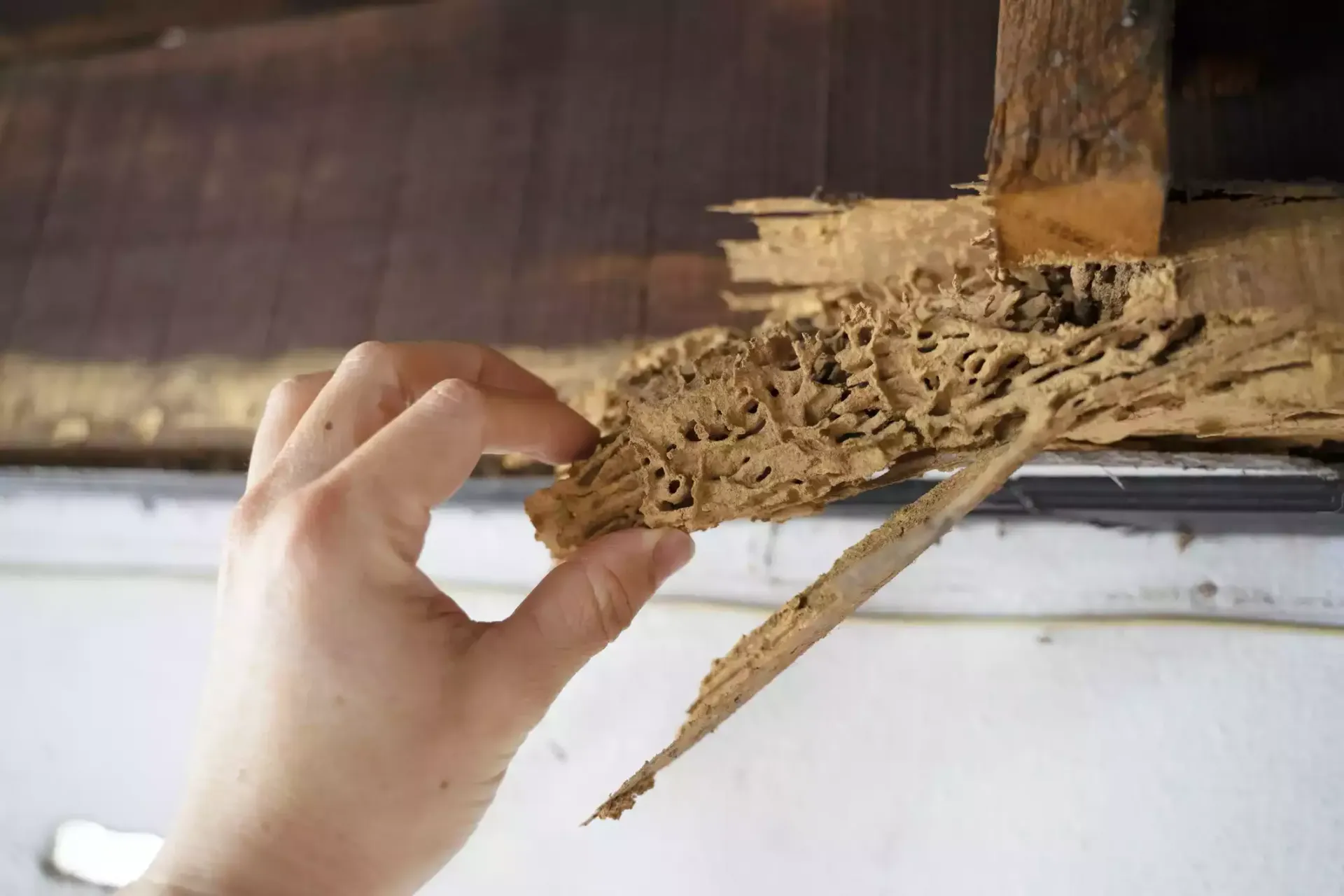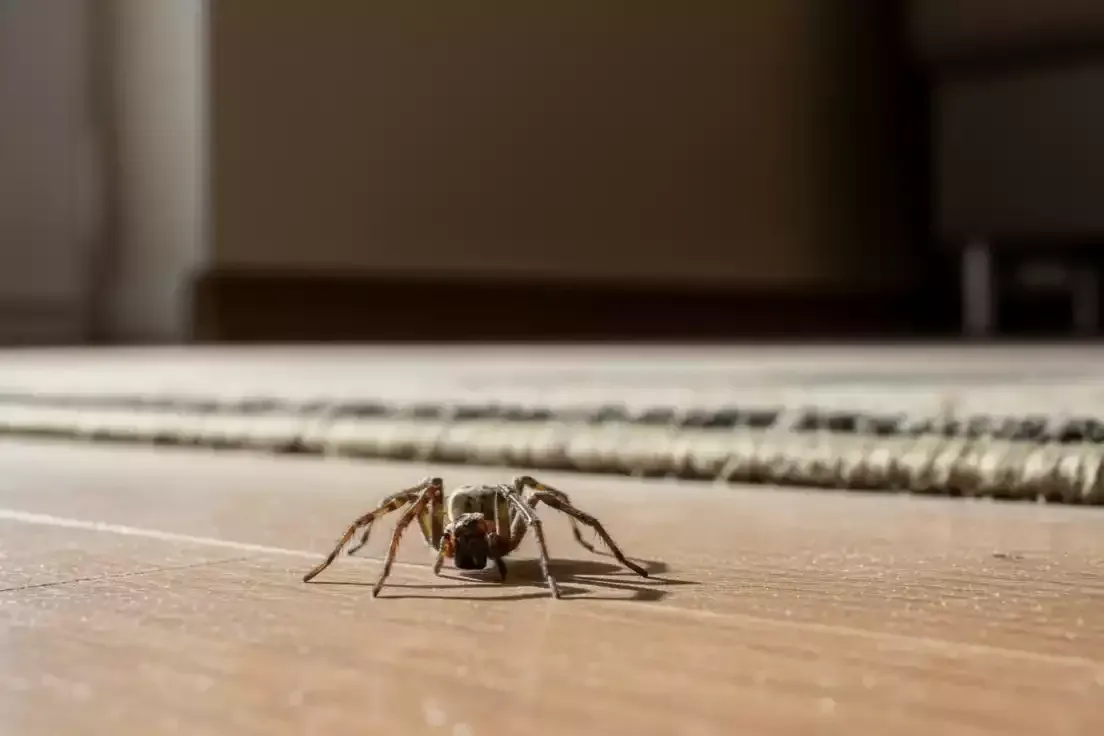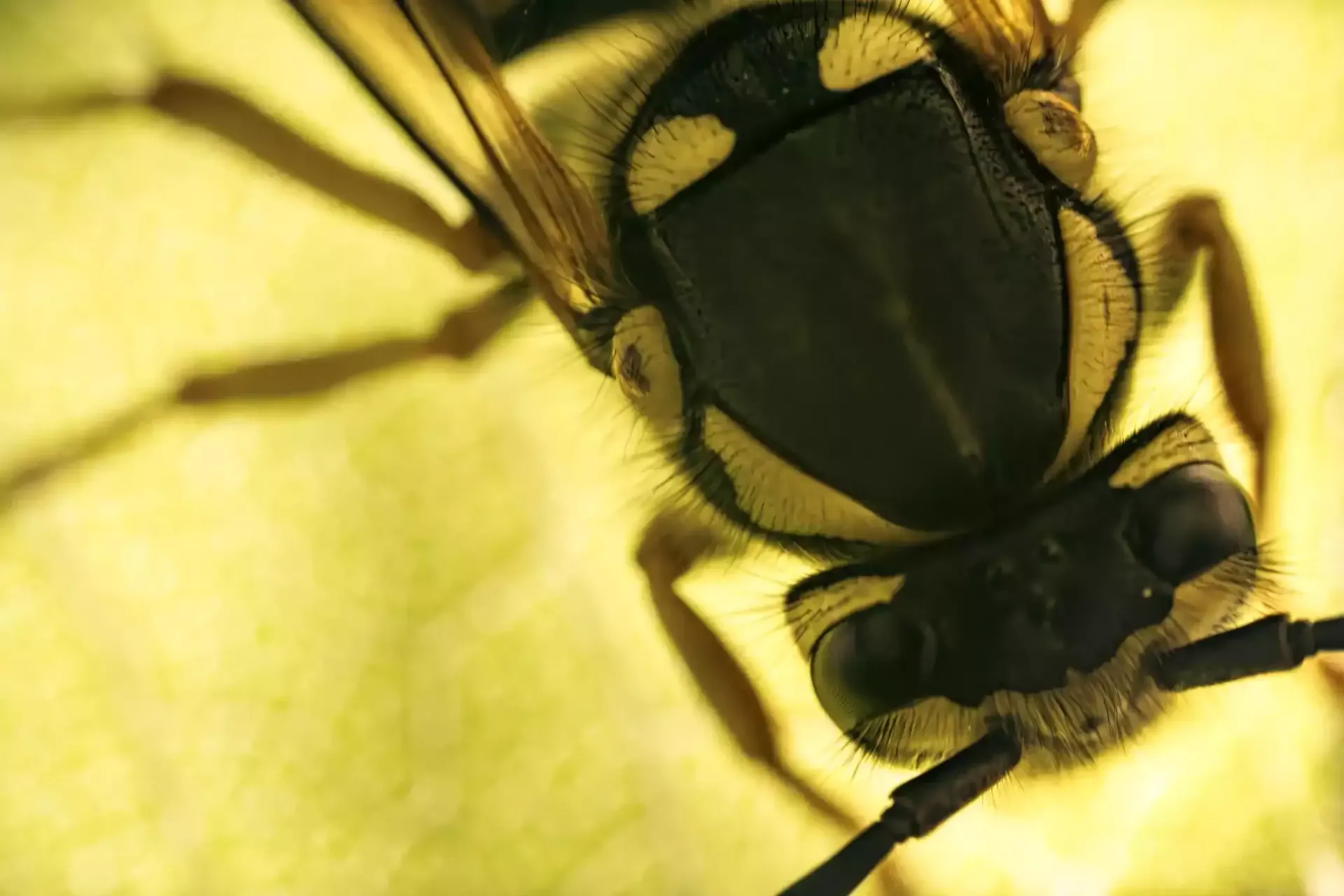Ants vs. Termites: Identification Guide

If you've noticed small, winged insects in or around your home or business, it's natural to feel alarmed. Your mind may immediately jump to pests like ants or termites, but determining which one you're dealing with can be a challenge. While both species can look remarkably similar—especially during their swarming phase—their behavior, appearance, and potential for damage vary greatly. Termites can be incredibly destructive to wooden structures, while ants are often more of a nuisance. This guide will help you learn how to tell the difference between ants and termites and what to do next if you suspect an infestation. Still not sure what to do? Contact Restoration Pest Management, your go-to for ant and termite extermination in Columbus.
Appearance: Key Physical Differences
Although ants and termites both fall under the category of small insects with six legs and antennae, there are a few visual clues that can help you quickly distinguish between the two:
- Waist Shape: One of the most noticeable features is the waist. Ants have a defined, pinched waist that gives their bodies an hourglass appearance. Termites, by contrast, have a more uniform, straight-sided body with no distinct narrowing at the waist.
- Antennae: Ants have elbowed or bent antennae, which are quite different from termites’ straight, beaded antennae.
- Wings: If you spot winged insects, take note of the wing shape and size. Ants’ front wings are longer than their back wings, and their wings are typically more angular. Termites, however, have two pairs of wings that are equal in size and extend well beyond the length of their bodies, giving them a more delicate, symmetrical appearance.
Behavior and Habitat: Where and How They Live
Understanding the habits and preferences of ants and termites can offer more clues:
- Ants are opportunistic foragers and are frequently seen trailing along surfaces as they search for food sources inside your home. They tend to nest in walls, under floors, in cracks, or in damp, decaying wood. Ants are especially active during warmer months and are usually more visible than termites.
- Termites, on the other hand, are secretive by nature. They thrive in dark, moist environments and prefer to stay hidden from view. Termites build colonies underground or inside the very structures they infest. A common external sign of termite presence is the appearance of mud tubes running along foundation walls or other wooden structures. These tubes provide moisture and protection as termites travel between their colony and food sources.
Damage Signs: What to Watch For
Damage caused by these pests can also help in identifying which insect is to blame:
- Termites feed directly on cellulose found in wood, paper, and other organic materials. Over time, their feeding can result in significant structural damage. Symptoms of a termite problem include hollow-sounding wood, blistering paint, sagging floors, stuck windows or doors, and small piles of wings left behind after a swarm.
- Ants, while usually less destructive, can still pose problems—especially carpenter ants. These ants don’t eat wood but will tunnel through it to create their nests. This can cause weakening of structural elements if left untreated, although it typically progresses more slowly than termite damage.
Seasonal Activity and Swarming
Both ants and termites experience a swarming season when young reproductive insects leave their nests to form new colonies. This is often when homeowners first notice an issue.
- Termite swarms usually occur after periods of rainfall, especially in the spring and early summer, when conditions are humid.
- Ant swarms are also common in the spring but tend to occur on warmer, sunny days, sometimes after rain. Because both pests swarm around the same time of year and in similar weather conditions, misidentification is common.
Call a Professional for Peace of Mind
Even with this information, it can still be difficult to confidently identify whether you're dealing with ants or termites—especially if you're seeing winged swarmers or only subtle signs of damage. That's where the experts come in.
At Restoration Pest Management, our trained professionals are equipped with the experience and tools to determine the exact nature of your pest problem. Whether it's a minor ant infestation or a potentially serious termite issue, we’ll provide an effective, customized solution to protect your property and restore your peace of mind.
Don't wait until the damage becomes worse. Contact Restoration Pest Management today for a thorough inspection, expert identification, and targeted treatment options that work.
